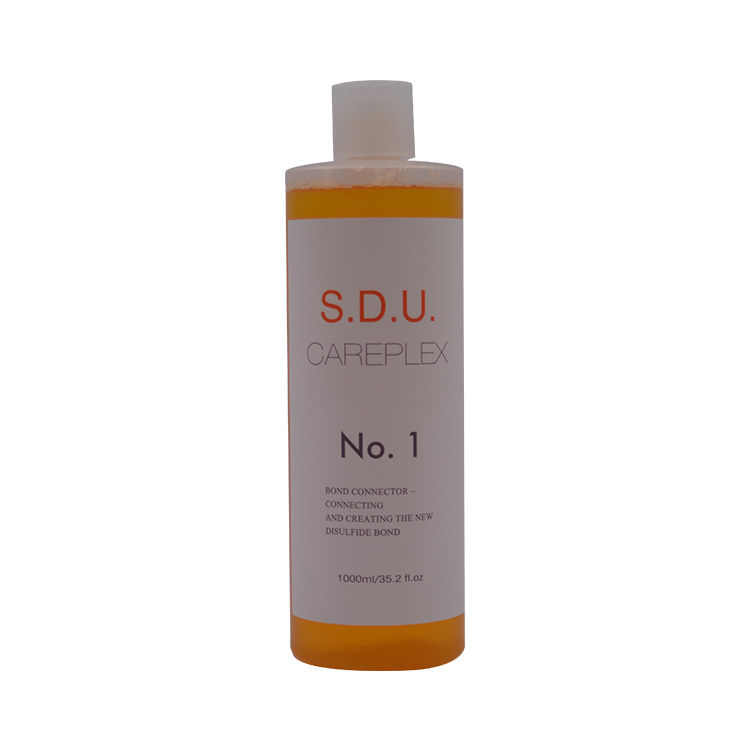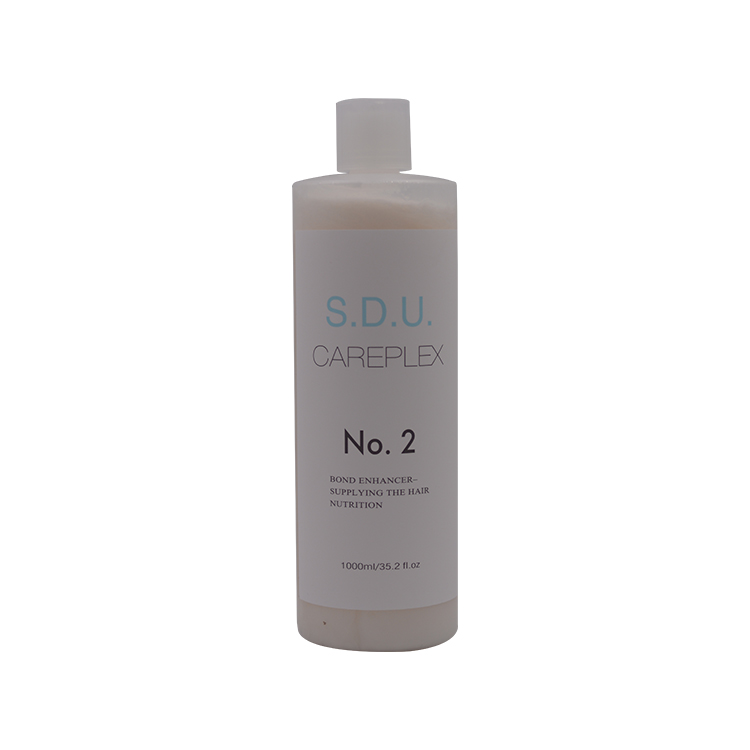The United States successfully used collagen 3D to print non-living hearts
Biological 3D printing has always been an important part of scientific research. Although countries around the world are working on the development of organic 3D printed organic materials, there is still a long way to go to print a beating live heart.
This week, researchers at Carnegie Mellon University (CMU) made some breakthroughs in bio 3D printing, and they have been able to print non-live heart shapes and coronary arteries with specially modified printers.
Adam Feinberg, associate professor of materials science and bioengineering at CMU, explained to us: "Now we can use magnetic resonance imaging to obtain images of the heart prototype and coronary arteries, and use bio-based 3D printing of super soft materials such as collagen and fibrin. â€

One of the biggest problems scientists face today is that bio 3D printing requires super soft materials. Because metal and plastic can be printed through layers, they harden quickly and there is almost no possibility of collapse. Biological 3D printing is bound to face this problem. Feinberg said: “Flexible materials, like jelly, are easy to collapse. So we developed a new printing method that embeds one gel into another gel to achieve layer-by-layer printing and reduce the possibility of collapse.â€
CMU's gel technology is not the first time it has been used to support flexible 3D tissue printed on flexible materials. Just last month, scientists at the University of Florida detailed the method of 3D printing of soft materials by using a hydrogel as a support for the printed object. The gel looks like a disinfectant and they name it. For Carbopol EDT 2020.
In this case, what is new about CMU's gel technology? So far, their gel technology is the first in the world to use collagen and fibrin. In addition, their gels are easy to melt and can be removed by increasing body temperature, thereby avoiding the potential hazards of biological 3D printed organs to human cells.
One of the great advantages of CMU's bio 3D printing technology is that their printing costs are low. Because most bio 3D printing requires a dedicated printer, the cost is generally more than $100,000. CMU's research team used a consumer-grade 3D printer to refit. To this end, they also successfully designed a series of open source hardware and software to meet their needs.
Feinberg added: "Not only is the cost low, the fine-tuning and optimization of parameters can be achieved through open source software, and the print quality is maximized to accelerate the development and innovation of new materials."
S.D.U. CAREPLEX
SPECIAL DUTY UNIT FOR STYLIST

This products is the special duty unit for hairstylist. If you afraid of the client asking for coloring, bleaching or straightening on her very damaged hair. This product will enable you to achieve these missions. It helps hairstylist to have wonderful finishing of hair coloring, hair bleaching, hair straightening even the hair is badly chemical treated or very damaged.
NO.1 BOND CORRECTO
With new generation of nano technology, it penetrates and put nutrients directly into the hair cores, solids and enhanced the elasticity and tenacity of hair, make it enable to experiences more coloring, bleaching and straightening as well as to have hairstylists wasily operating even with chemical treated/over processed hair.

NO.2 BOND ENHANCER
Infused with advanced grade ingredients, it supplies a high concentration of unique nutrition to hair. After operated No.1, applies No.2, it gives hair moisture, nourishments and a shiny full body. Enriched with Argan Oil which with a high level of essential fatty acids in OMEGA 9 and OMEGA 6, associated with power phytosterol, Keratin Protein, Vitamin E and squalene gives hair long-lasting perfect care, suggest use it every ten days.

Creator Hair Treatment,Enhancer Hair Treatment,Soften Hair Care Products,Hair Repairing Softener
BINGO HAIR COSMETIC MANUFACTURE LTD. , https://www.bingo-care.com